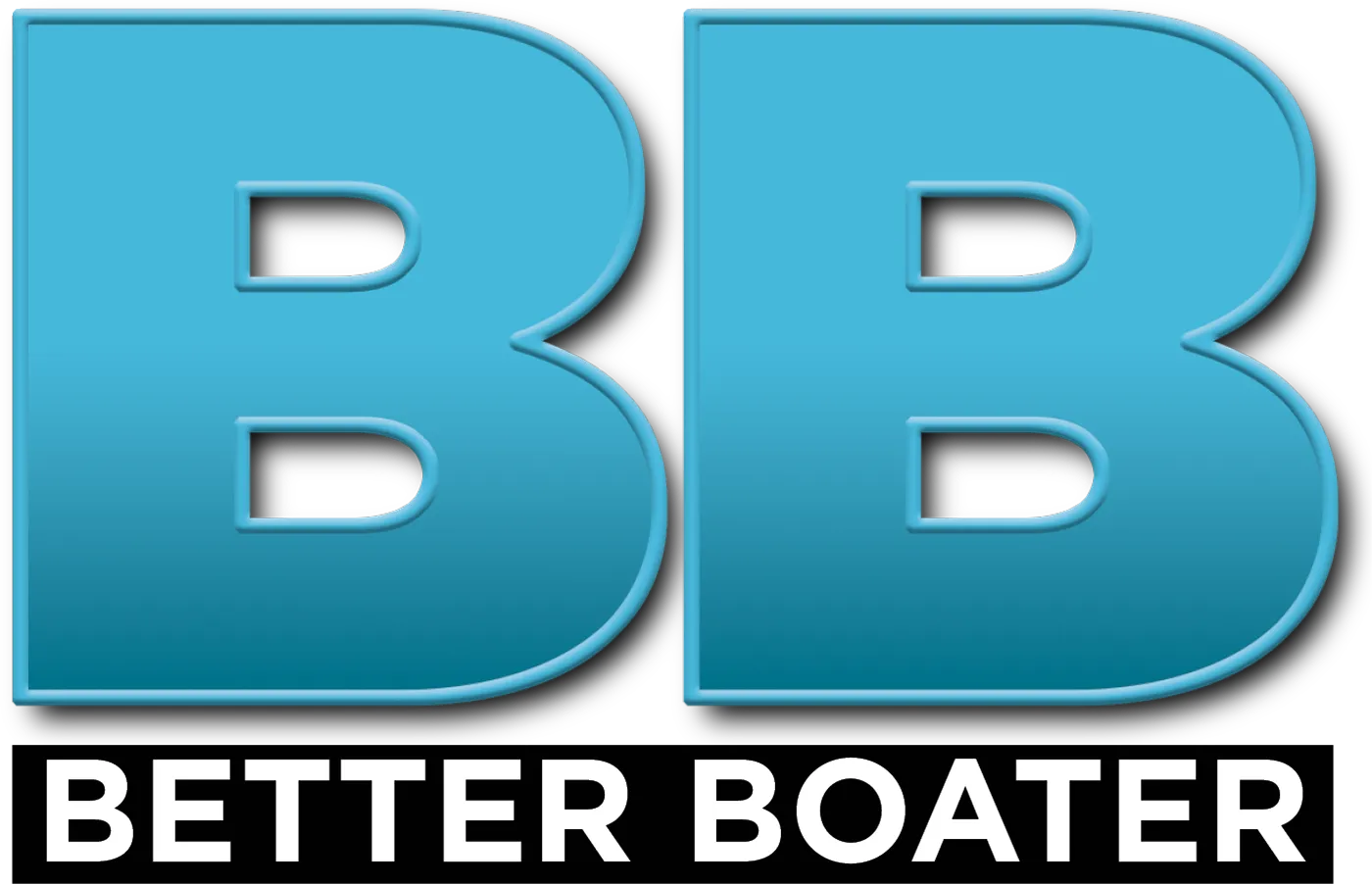
A few things can make launching your boat easier, and the first is to park out of the way of the ramp and take time to get your boat ready in the staging area. Be courteous to other boaters and don’t spend unnecessary time blocking the ramp. Once parked, transfer all boating items you’re taking with you into the boat from the tow vehicle, such as life jackets, coolers, floats, swim gear and towels. Remove the boat’s tie-downs but keep the winch line and bow-eye safety chain hooked in place. Make sure the drain plug is installed if it has one and that the outboard is not in a locked position and is ready to be lowered once in the water. Lastly, secure docking lines to the boat so someone can help you on the dock.
If you’re at a new marina, take a few minutes to walk the ramp and note the ramp conditions, steepness of the incline, and general things to be aware of, such as if the ramp is covered with moss. If at all possible, avoid busy times at the ramp so you don’t feel hurried.
Another pair of eyes is helpful, so ask for assistance when backing down the ramp to avoid scrapes and dings. Back the trailer into the water until the rear of the support system is in the water. For bunk trailers, most of the bunks should be under water for the boat to become buoyant above the trailer.
Set your parking brake, disconnect the winch strap and bow-eye safety chain, and lower the outboard or sterndrive. Start the engine once your boat is in the water. Your boat should be able to reverse off the trailer with minimal power, enabling you or a helper to motor to the dock. Drive your vehicle out off the launch ramp and park it.


When it’s your turn to load your boat, back the trailer deep enough to wet the bunks, and then pull your tow vehicle forward so only the lower half of the trailer remains in the water. This will enable you to see where to center your boat and keep the weight balanced evenly across the bunks. The hull should rest on the bunks or rollers, with the boat in the center. Drive the boat forward until the bow is secured on the bunks. Have the driver back farther into the water so you can then pull the boat forward to the winch. Secure the winch strap to the bow and ratchet the boat onto the trailer. Attach the bow eye chains and raise your outboard or sterndrive.
As when launching, pull your vehicle off the ramp and back to the staging area. Secure all of your tie-downs and transfer your boating equipment back to your tow vehicle. Release the drain plug and let the water empty out, then refasten it. Do a final wipe down of the boat so it’s ready for your next adventure.
Hopefully these tips will help you avoid beginner mistakes. I had fun asking my dad for advice as he’s spent years boating before I even thought of getting started. That way I don’t have to learn from experience as much as he did, such as the time he forgot to remind my mom to back in only so far on the ramp and she took the truck in far enough to flood the floorboards. Or when he forgot to check that little, inconspicuous drain plug before launching and the boat quickly took on water—causing an immediate reloading onto the trailer to drain the boat and secure the plug. Though these do make good stories, try to remember these helpful tips to avoid damage to both your truck and trailered boat.